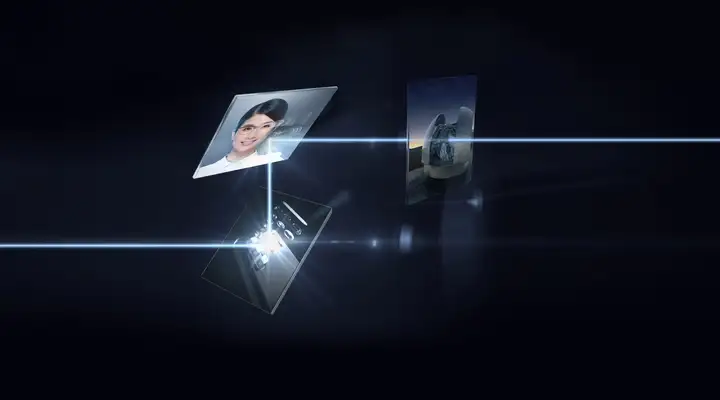
Academy of Optics
Advancing infrared technology: SCHOTT’s latest chalcogenide developments and custom options
April 8th, 2026 at 10:00 AM ET
Speakers: James Marro and Ian Schwartz
The infrared optics industry has long relied on a limited set of materials to achieve strong optical performance, and historically germanium has dominated the market. More recently, geopolitical constraints and raw material restrictions have increased supply pressure and created challenges for manufacturers and end-users alike.
Chalcogenide glasses are growing as a novel, reliable, and cost-effective alternative. While many of SCHOTT’s infrared glasses (IRG) formulations still incorporate germanium, they do so at significantly lower concentrations, reducing costs and supply fluctuations while delivering thermal, optical, and processing advantages. As adoption grows, our team is rapidly innovating to support the industry’s shift.
Join us for this webinar to explore:
-
New developments in chalcogenide compositions to reduce reliance on germanium
-
Innovations in material utilization and process efficiency
-
The future outlook for chalcogenide materials in infrared optic
Don’t miss this opportunity to learn how SCHOTT is shaping the next generation of infrared solutions.

Why you should attend
Catch up on our previous sessions and download our summaries
Don’t worry if you missed one of our previous sessions. We understand things come up and schedules change, that’s why we created a summary for all of our past sessions. Click on the session title to download and read for free.

Michel Liebscher-Winckler
Digital Marketing & Communication